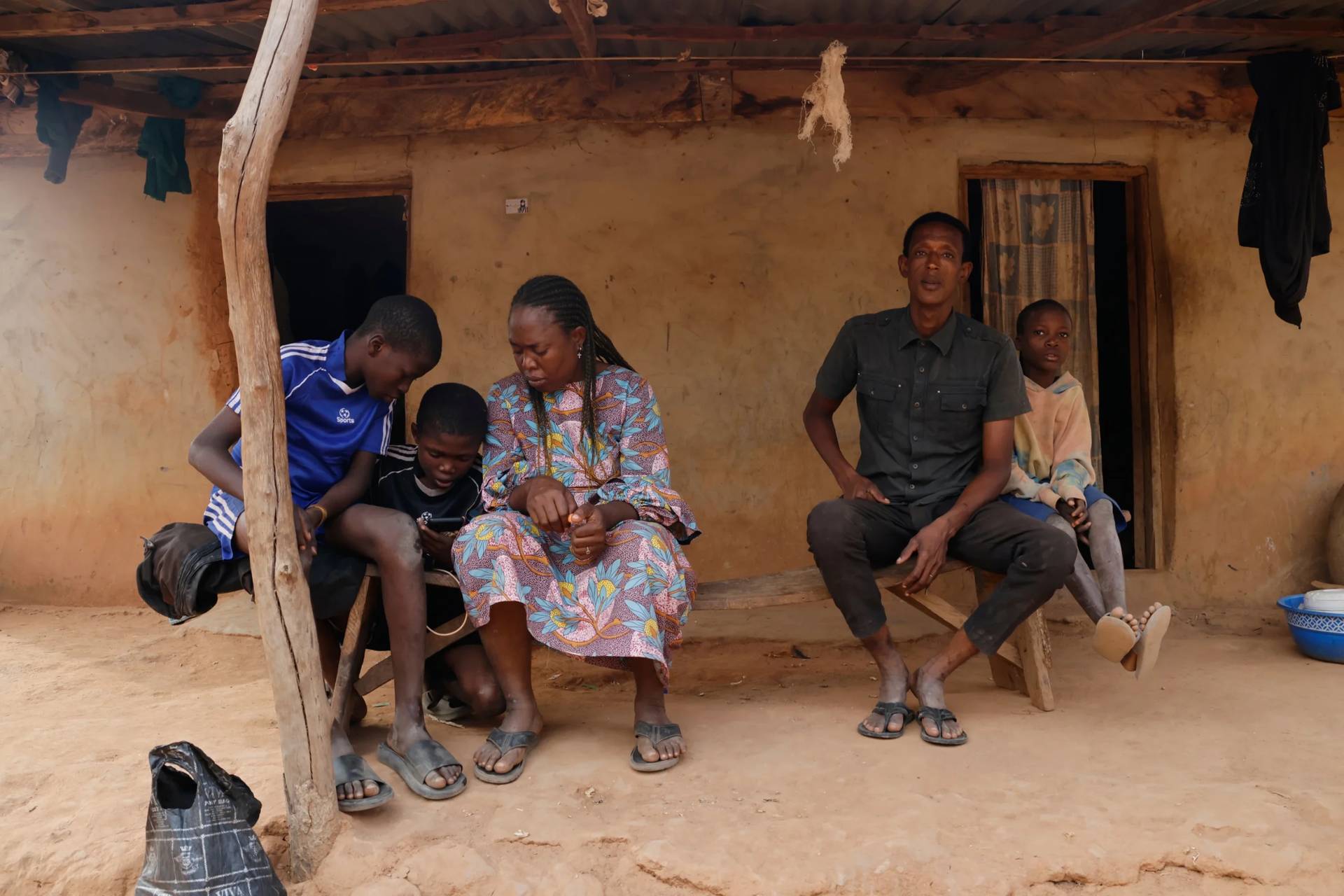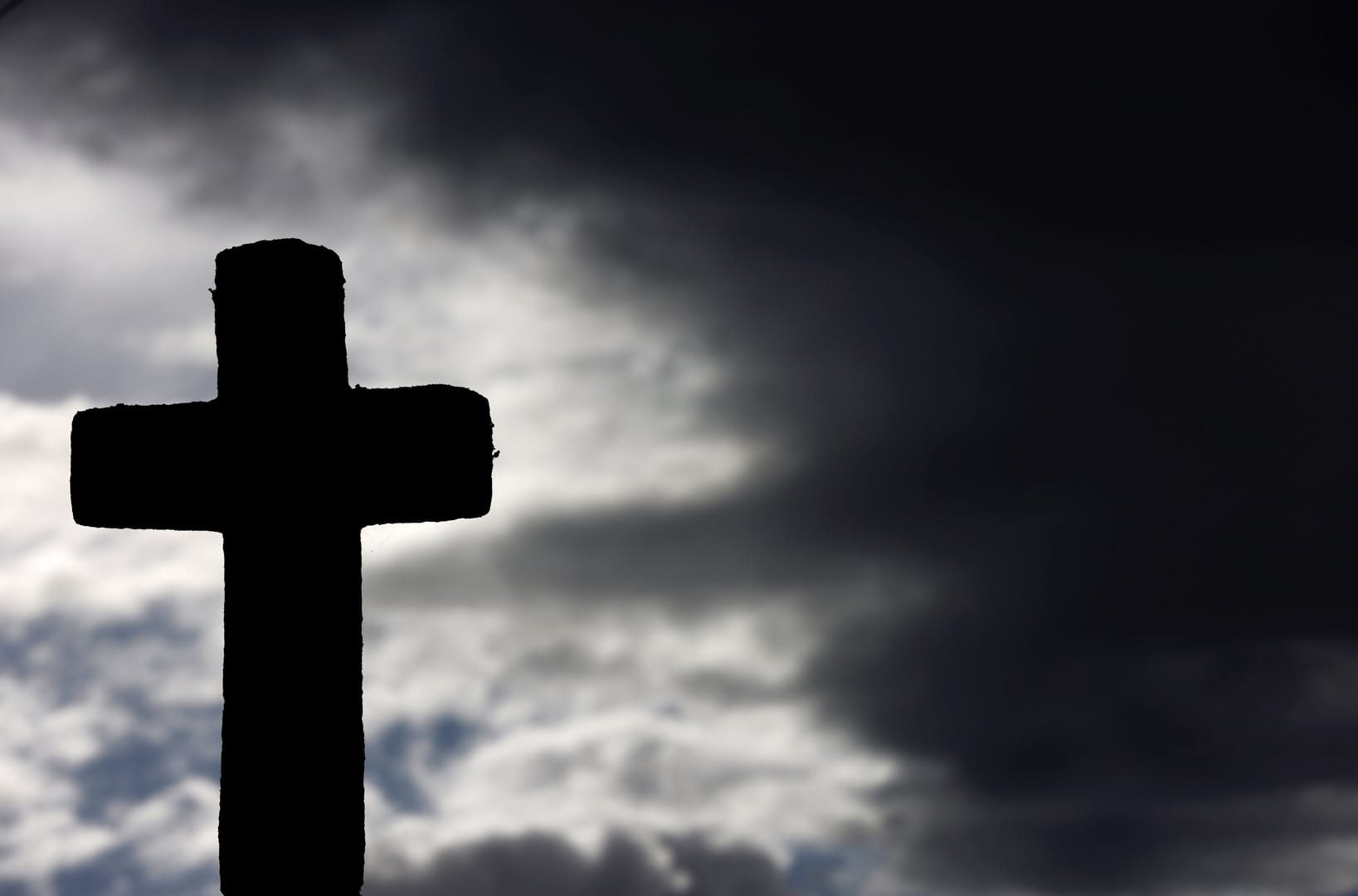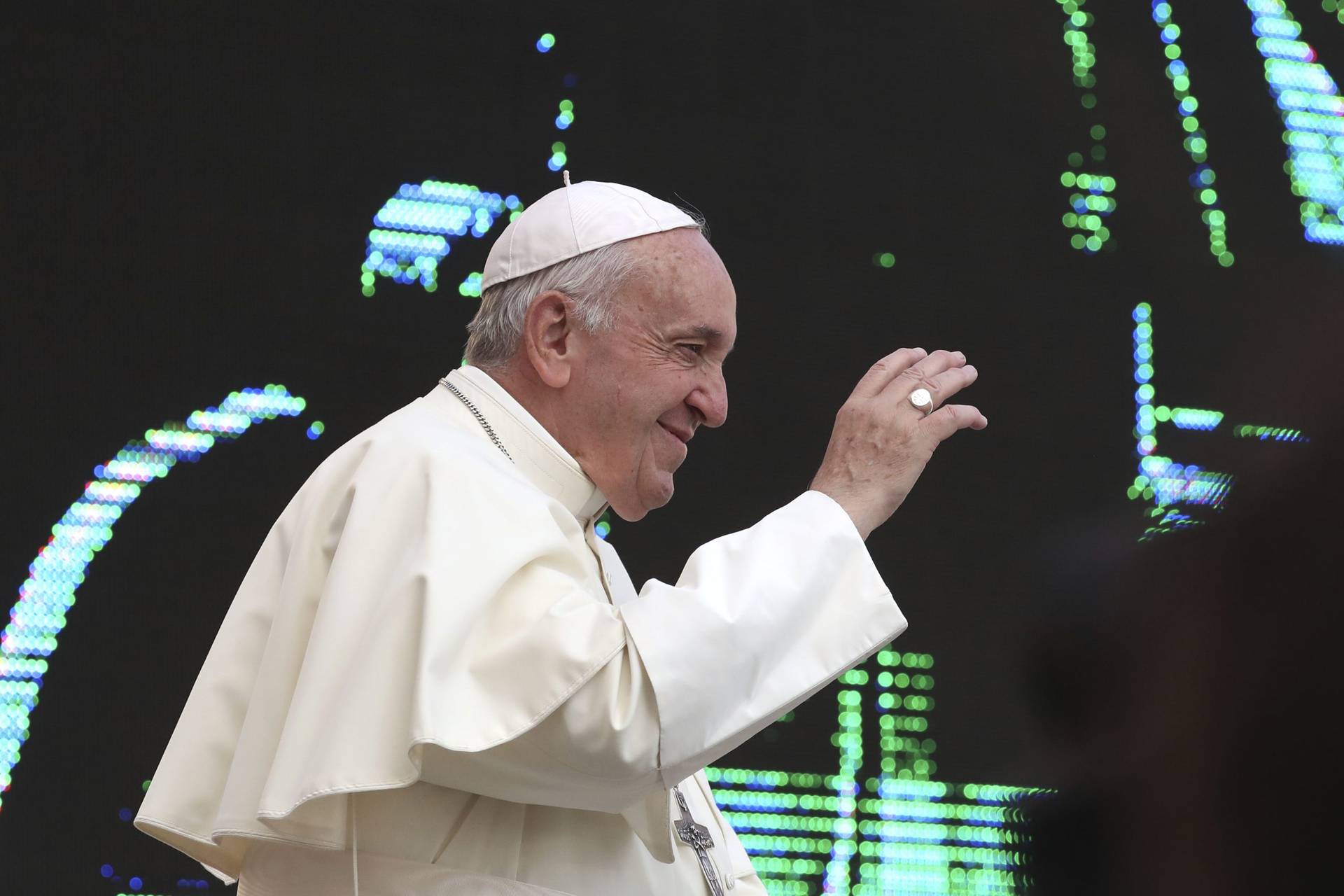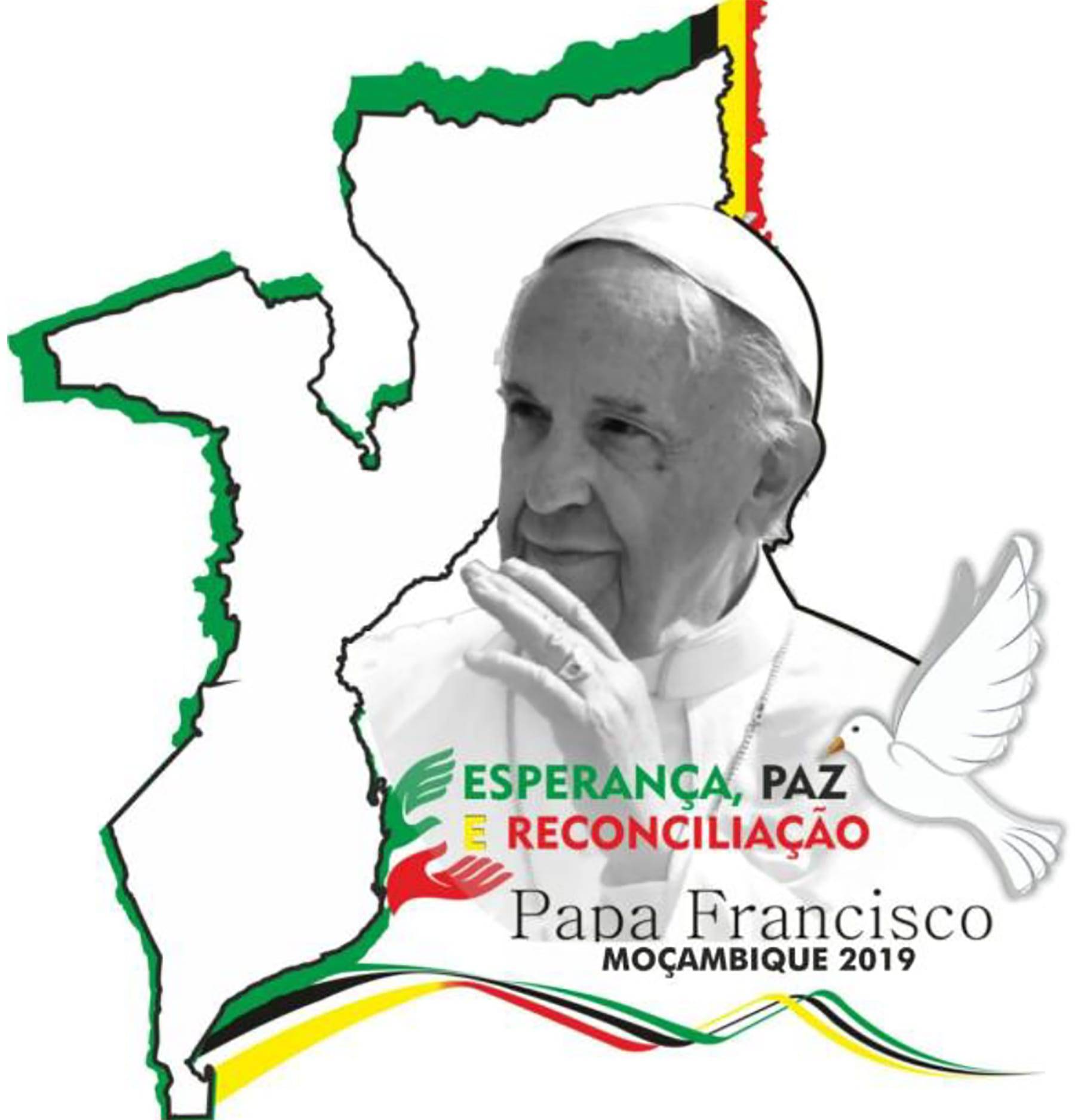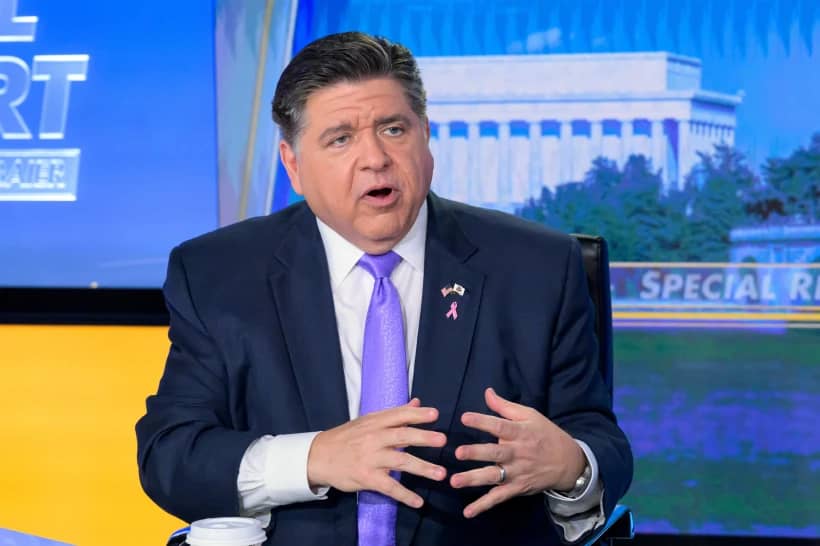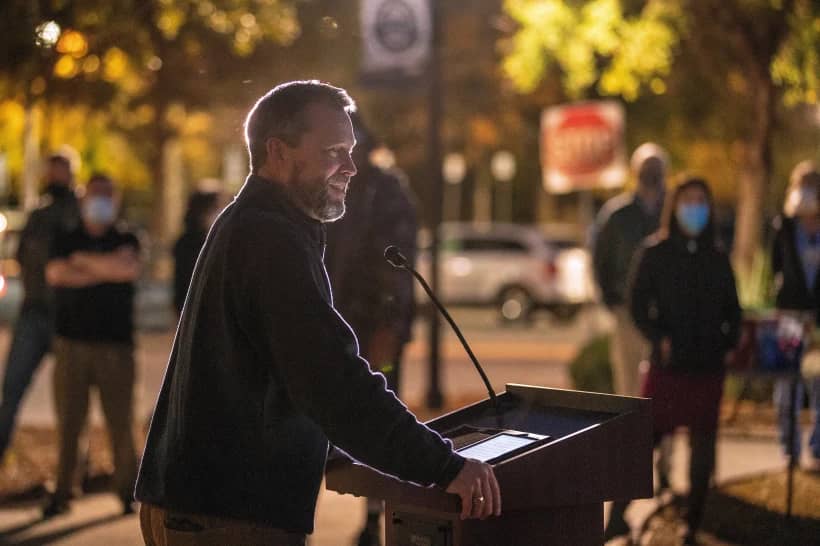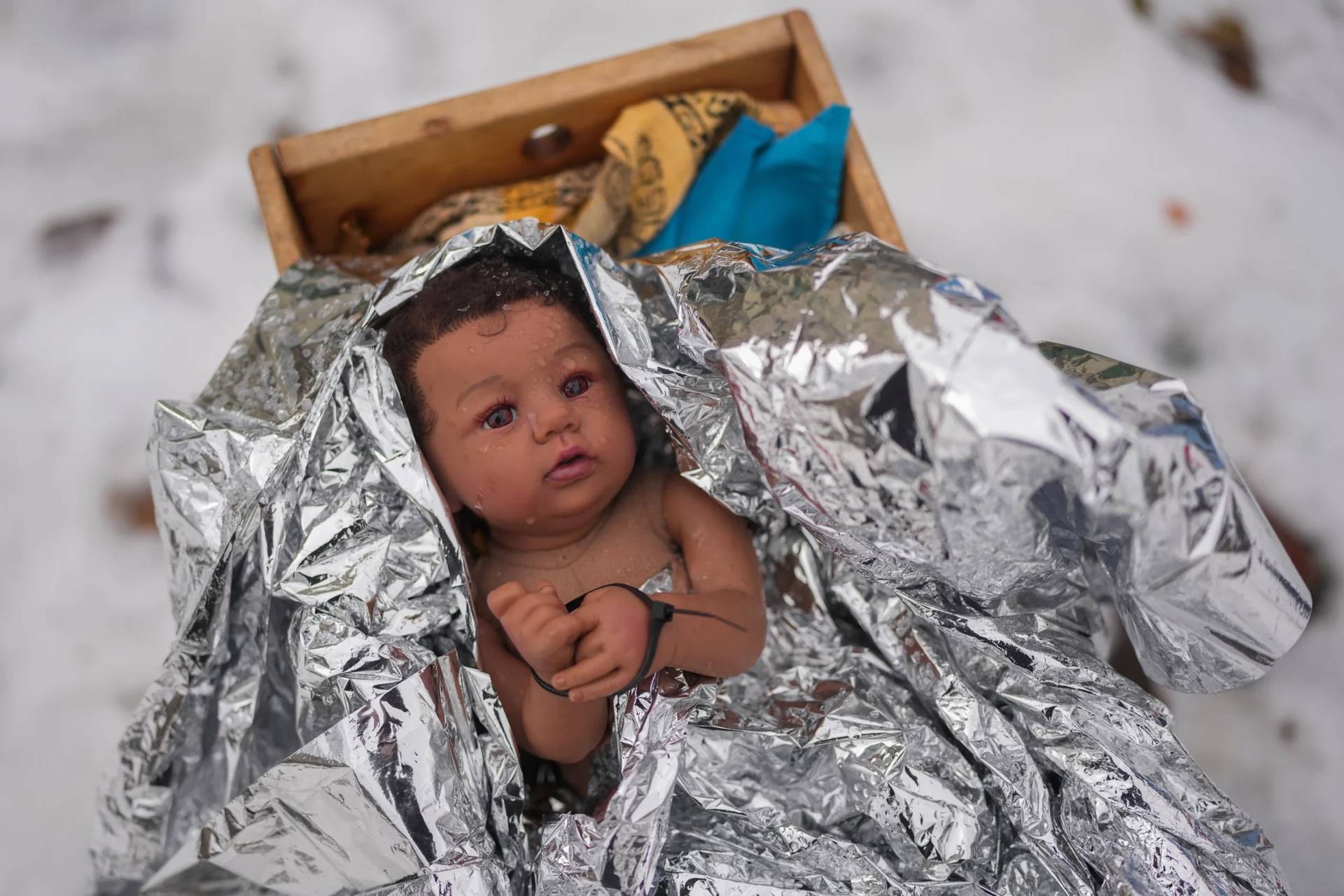WASHINGTON — In what is likely to be the most controversial move of his six-day visit to the United States, Pope Francis declared Spanish missionary Junípero Serra a saint Wednesday, calling him a “protector of Native Americans.”
The pope’s decision to canonize the 18th-century Franciscan priest drew criticism because of accusations that Serra forced Christianity on the region, was complicit in the decline or elimination of native populations, and enslaved converts to the faith.
But Francis left no room for doubt when praising the now-saint Serra: “Junípero sought to defend the dignity of the native community, to protect it from those who had mistreated and abused it,” he said. “Mistreatment and wrongs which today still trouble us, especially because of the hurt which they cause in the lives of many people.”
Serra is the first saint canonized on US soil.
Celebrating the first Mass of his visit outside the Basilica of the National Shrine of the Immaculate Conception, the pope centered his homily on the Church’s missionary spirit.
“Jesus did not provide a short list of who is, or is not, worthy of receiving his message, his presence,” Francis said, adding that Jesus embraced “life as he found it” in the faces of those who suffer, are in pain, hungry, ill, or sinners.
“Far from expecting a pretty life, smartly-dressed and neatly groomed, he embraced life as he found it,” the pope said.
It was in this context that he described Serra as the “embodiment of ‘a Church which goes forth,’ a Church which sets out to bring everywhere the reconciling tenderness of God.”
HOMILY TEXT: The pope’s homily at the Mass of canonization
After arriving to America from Mexico during the last decades of the 18th century, Serra founded nine missions in California, including some that developed into great cities, such as San Diego and San Francisco.
The canonization of the Franciscan missionary comes as the US Senate considers removing his statue from the National Statuary Hall in the Capitol. The image of Serra has been there since 1931, representing California, but should the bid succeed, it would be replaced by a likeness of late astronaut Sally Ride.
The idea was proposed by California state Sen. Ricardo Lara, a Los Angeles Democrat who wants to replace a bronze statue of Serra with a monument honoring the Ride, the nation’s first female astronaut. Lara, who is gay, said Ride would become the first member of the LGBT community to be honored in Statuary Hall.
However, talking to Crux last July, California Gov. Jerry Brown vowed that the Serra statue will stay where it is “until the end of time.”
Traditionally, the Catholic Church’s process to declare someone a saint involved the identification of two miracles performed by the candidate. Serra’s first miracle was the curing of a lupus patient who had prayed to him. But Francis waived the need for a second miracle, moving the sainthood cause along.
The pope first spoke of his intention to canonize Serra last January on the plane that took him from Sri Lanka to the Philippines. He listed several other men and women that he said “were great evangelizers,” such as François de Laval and Marie de l’Incarnation, considered to be two of the founders of the Catholic Church in Canada.
Pope Francis has long been a proponent of a missionary Church, but has both criticized and praised the work done, particularly from the 16th to 18th century.
In Paraguay, the last stop of his tour through Latin America last July, he called the Jesuit missions in the New World “the most significant experiences of evangelization and social organization in history.”
But that praise came just two days after he delivered a sweeping apology in Bolivia: “I say this to you with regret: Many grave sins were committed against the native peoples of America in the name of God.”
“Like Saint John Paul II, I ask that the Church ‘kneel before God and implore forgiveness for the past and present sins of her sons and daughters,’” Francis said.
Although the Mass was held just outside the basilica, Francis first went inside the shrine to greet more than 3,000 whooping, cheering seminarians and nuns who tried to touch the pontiff as he walked, smiling, down the center aisle and snapped photos. They quieted only when Francis stopped at the front, turned around, and blessed them.
In honor of Serra’s roots, the Mass was celebrated in Spanish, but the readings were in various languages, including one in chochenyo, a Native American language.
On Thursday, Francis will address a joint meeting of Congress, the first by a pope. Later that day he will visit St. Patrick in the City church and Catholic Charities of the Archdiocese of Washington. Then he’ll head to New York, where he’ll address more than 190 of the world’s heads of state at the United Nations General Assembly.







